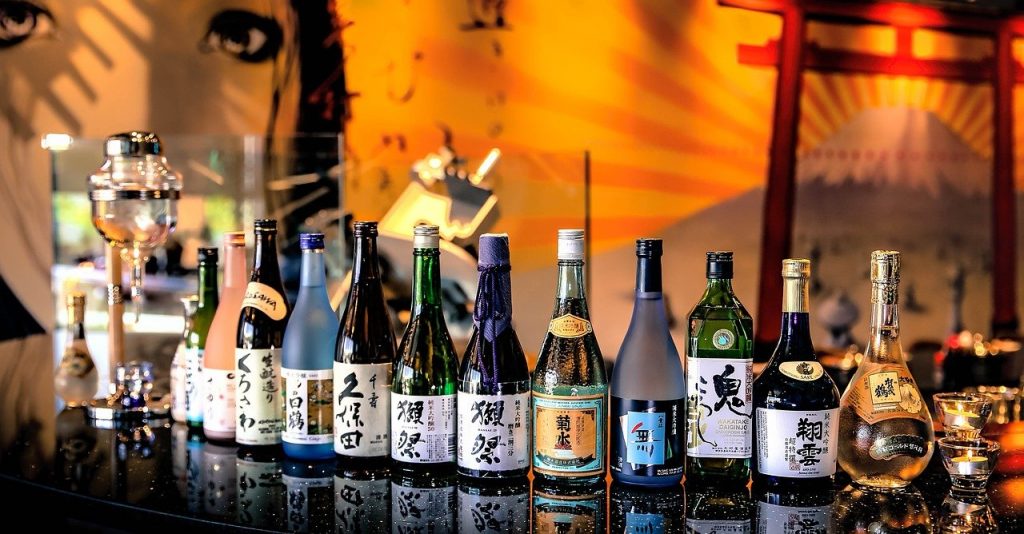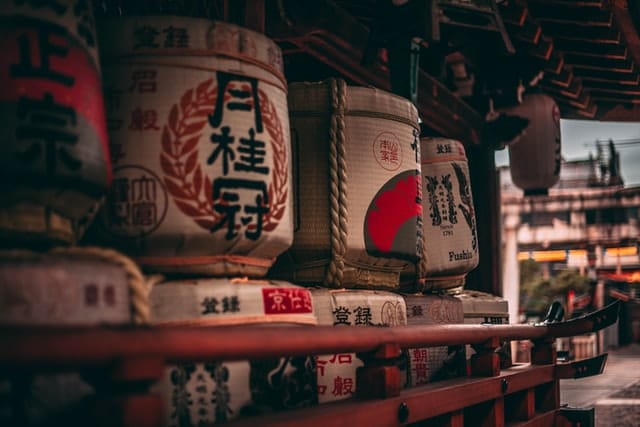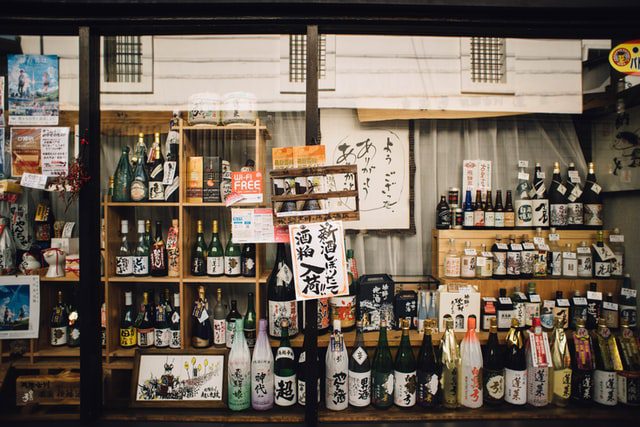What Are The Different Varieties Of The Sake Drink?
If you want to learn everything about ‘how does sake taste,’ you first need to know about the drink’s varieties. After all, the taste profile varies with the type of sake you are choosing. So, let’s find out which combination will entice you the most.
- Genshu – This sake variety has no water content in it. That’s the reason why its alcohol content is so high, between 18% and 20%.
- Amazake – It is the traditional sake drink with no alteration in the general composition of the liquor. The alcoholic content is average, which makes it safe for everyone.
- Koshu – This is the oldest version of the liquor, which is aged by keeping it in barrels. To answer your question of ‘how does sake taste,’ Koshu has a sweet honey flavor profile due to the aging process.
- Kuroshio – This sake taste is more like that of the Chinese rice wine, thanks to the brown rice, which is used as the primary ingredient.
- Namazake -At the time of preparing the namazake, the pasteurization process is completely removed. As a result, you need to store this drink in the freezer.
- Muroka – If you want to know ‘how does sake taste’ in its pure and raw form, you have to try the muroka variety. It is prepared without the filtration of the sake, and hence it is rich in both flavor and aroma.
- Shiboritate – This particular variety isn’t subjected to the liquor maturing process for the dedicated time. As a result, it is mostly served fresh and hence tastes a bit acidic.
- Taruzake – It is one of the prestigious and costliest varieties of the sake drink, thanks to the aging process. Here, the alcoholic beverage is kept in wooden barrels or casks, and then they are left for maturing over nine to twelve months. In the end, the drink has a woody flavor, which makes it rich for the senses.

How Does Sake Taste In The Raw Form?
Now, coming to our main discussion of ‘what does sake taste like,’ we would like to discuss the primary taste profile of raw sake, the aroma components which provide distinct undertone flavors, and other basic facts about the drink.
Since it is prepared from white rice’s fermentation process, the prominent taste profile of sake resembles the ingredient’s sweetness. There is no pungent taste, which you can usually find in rice-fermented drinks. As a result, it is mostly preferred during many prestigious occasions.
Most of the sake varieties are diluted with water addition, which reduces the alcoholic percentage to around twelve percent. As a result, it does not produce the tanginess and harshness of other spirit drinks and wines. The slight nutty aroma tantalizes the senses and helps you to relish in the lightness of the drink.
As per the sake drink taste profile, the savory flavor comes from the Koji ingredient, which almost tastes like potato and mushroom combined. Unfortunately, this savory aroma doesn’t last long once you pour the drink into the wine glass.
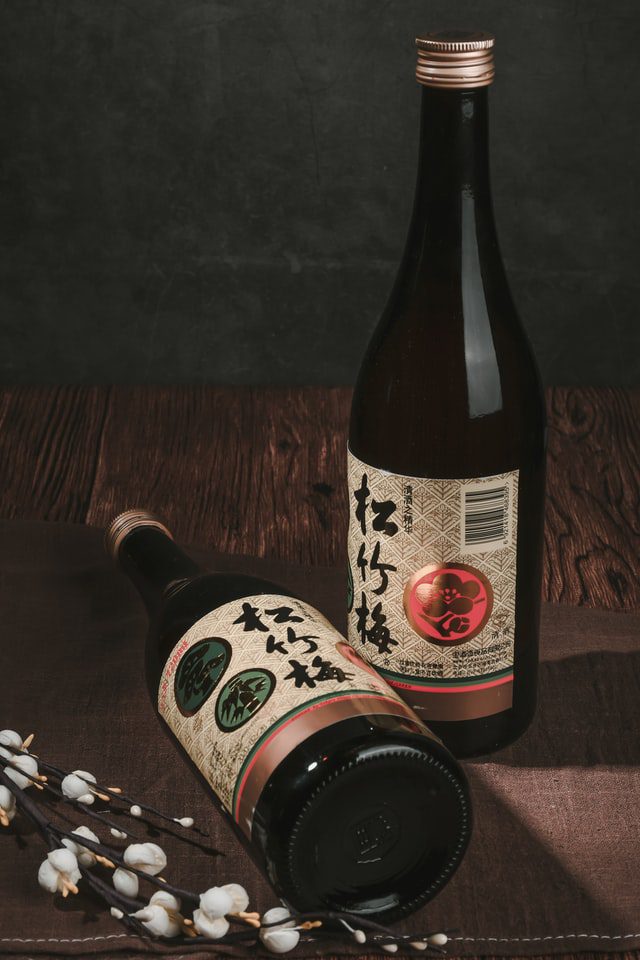
What Is Sake Like In Terms Of The Aromatic Profile?
If we consider ‘how does sake taste’ in terms of its aromatic tones, then it is going to be a long description, one that we will leave for another day. So, just to satiate your curiosity, we will discuss certain key aromatic elements that you can find in sake.
- Fruity aromas like that of melon, citrus, pear, banana, and apple are present.
- For sweet fragrances, you can get the taste of honey, soy sauce, and brown sugar.
- The acidity for the sake of taste is because of the vinegar, butter, cheese, and yogurt.
- The spicy and nutty aroma comes from cinnamon, fenugreek, clove, and pine nuts.
On What Two Factors The Taste Of Sake Depends?
The Japanese national drink’s taste depends on two primary factors- the polishing and the junmai processes. Based on these two techniques, the sake is available in different brands all across Japan.
So, without wasting any further time, let’s find out how rice polishing and junmai bring differences in the taste profile of sake.
- Polishing: This is when the rice kernels undergo several procedures until the starch gets exposed to the outside environment. Using polished rice for the fermentation of alcohol increases the quality of the drink. So, if you want to taste high-quality sake, you need to make sure that the drink has a more polished percentage than the standard level. With polished rice, the drink gets a sweet, caramel taste that sounds good for the taste buds and your senses.
- Junmai: For understanding ‘how does sake taste,’ you need to know how the process of junmai affects the flavor profile. Junmai is a Japanese term used to describe the purest form of rice. So, drinks referred to otherwise as junmai means they are the purest form, with no additives, yeast, or preservatives. These drinks have a mild alcoholic flavor with all the aromatic tones in a proper ratio.
Does The Sake Taste Change At The Time Of Cooking?
Here, we will talk about ‘how does sake taste’ on being cooked in various Japanese authentic foods. If you want to use the drink in cooking, it’s better to use the “cooking sake” than the normal drinking one. The cooking cake is specifically made for people who loved the nutty, rich flavor of the drink and want to try new ways of relishing the flavors.
In this ingredient, you will find salt and vinegar as the added component, enhancing the flavor of the dish you are cooking. Also, since sake dishes are also made for children, the cooking sake has lower alcoholic content than other varieties.
What Are Some Of The Cooking Techniques Which Use Sake?
You will find the dishes have a distinct taste of sake in many Japanese restaurants, enhancing the recipes to significant levels. This is why we will be discussing some recipes that you can cook with using sake as one of the main ingredients.
- Clam soup with soba and a sake-infused broth
- Fresh pepper chicken marinated in sake
- Sake braised greens with sesame seeds
- Soy, ginger, and sake steamed fish
- Teriyaki sauce with sake
- Katsu curry with a sake base
- Chicken steamed in sake and kabocha squash
- Soboro beef in sake broth
- Stir-fried greens with sake and butter
- Miso and sake cured black cod
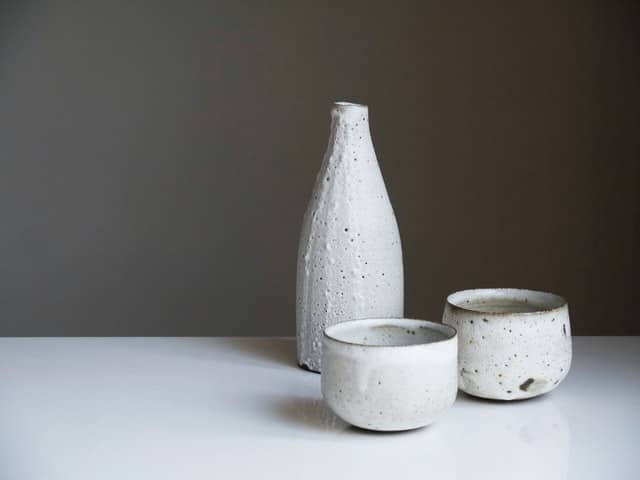
Is Sake Good For Your Health?
Even though many people refer to sake as an alcoholic drink, studies have shown it does have an impeccable list of health benefits. To understand the eagerness of drinkers to know ’how does sake taste,’ you need to know the health benefits of the liquor.
- Protects the heart: Sake helps in reducing the cholesterol level in the blood. Along with this, it prevents the internal clotting of blood, thereby enhancing your entire cardiovascular system’s health.
- Prevents bone diseases: Sake contains many elements that are rich in both calcium and phosphorus. So, including the drink in foods or as a replacement for wine will do you any harm. Instead, the calcium and phosphorus will strengthen your bones, preventing skeletal degenerative diseases.
- Helps fight off diabetes: Sake is an excellent choice as a drink and a food ingredient for people who have Type 1 diabetes. Studies have shown that patients who drink sake within a particular limit have lower blood glucose levels.
- Protects the skin: Another significant health benefit of sake is in its wonders on the skin. Sake contains a lot of organic compounds that have proven to be extremely beneficial for the skin. They help in reducing the early aging signs and also act as excellent moisturizers.
- Reduces weight: If you are overweight, doctors usually suggest avoiding alcoholic drinks since they are rich in calories, especially wines, containing various sugars from the fruits. But sake will not increase weight. Instead, the alcohol will speed up the metabolism, thereby helping you to lose more weight.
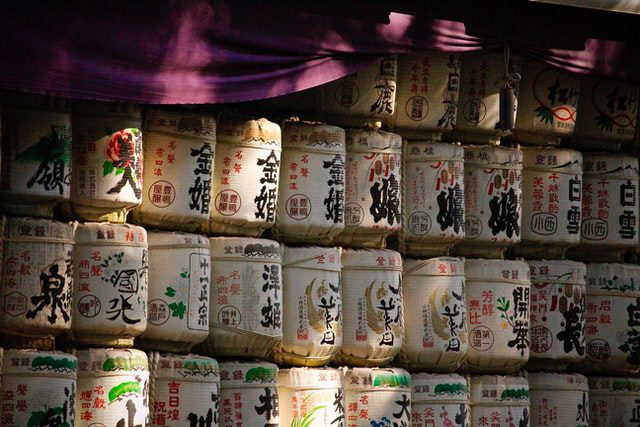
What Are The Popular Sake Brands You Can Try?
Lastly, after knowing ‘how does sake taste,’ it’s time to buy one for yourself, and for that, we will describe a small buying guide. Since there are many brands selling sake, this guide will prevent you from getting overwhelmed and baffled.
- Always buy from trusted certified alcohol distributors who have the government approved a license for selling the liquors.
- Check the polish percentage of the rice ingredient on the label of the bottle before buying. If you want a normal drink, an average percentage will work. However, if you’re going to relish in the taste, the polish rate should be high.
- If you want sweet-flavored sake, buy the ones which have undergone longer maturing periods in barrels or casks made from wood.
- Always choose a brand that has gained a lot of reputation in the market. If it’s some new brand, we would suggest not selecting it at once since you don’t know what ingredients they have used in making the sake.
- You have to be very careful at the time of choosing the junmai and the non-junmai types. Both these sake varieties have a thin line of difference between them and hence, be careful. After all, at the end of spending so much, you would never want to end up with the wrong bottle.
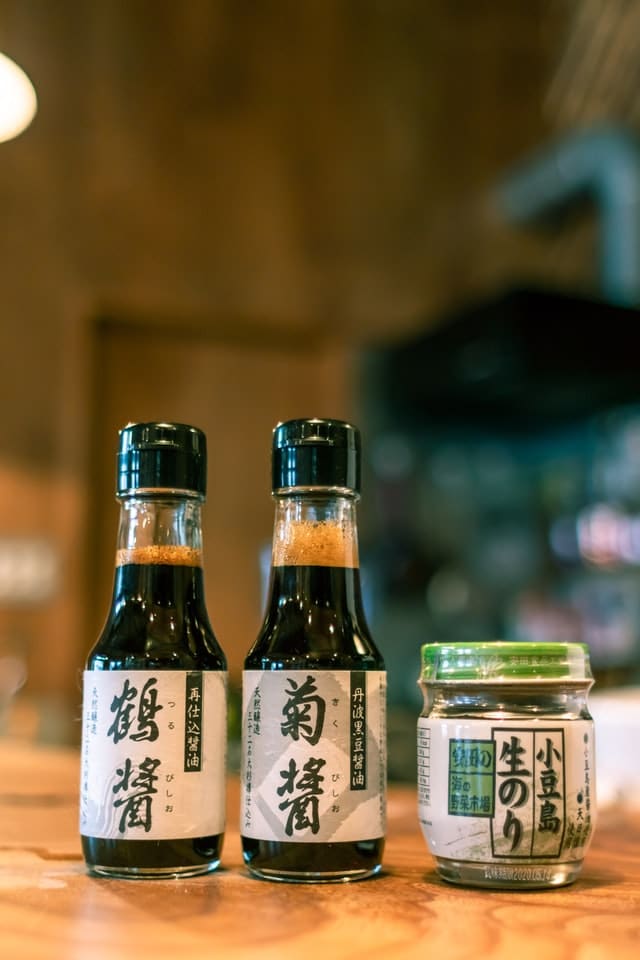
Conclusion
Sake has always been a hot topic in the Japanese beverage industry. The drink is made with different techniques, yet the flavors have never ceased to amaze the taste buds. Since now you know ‘how does sake taste’, the benefits of the drink, the ways to use them in cooking, and so on, we can hope that you choose you sake the correct way.

